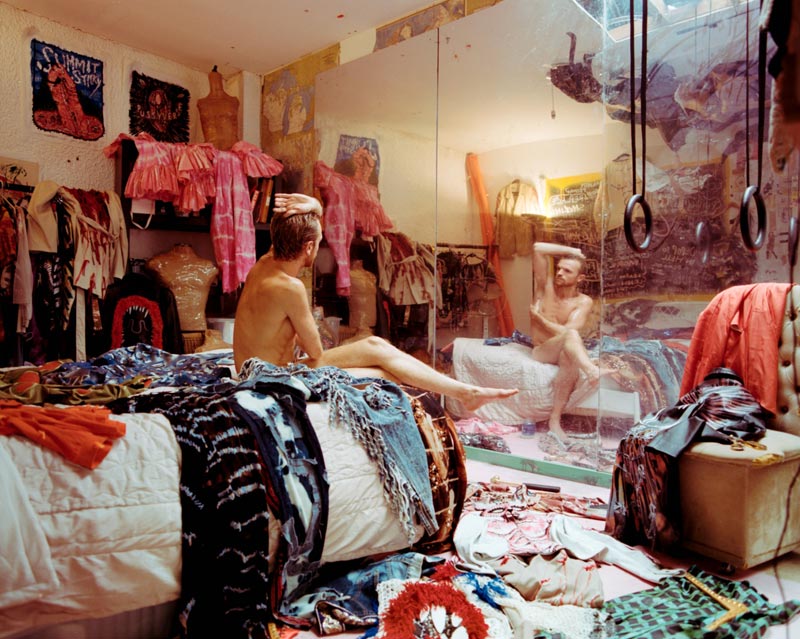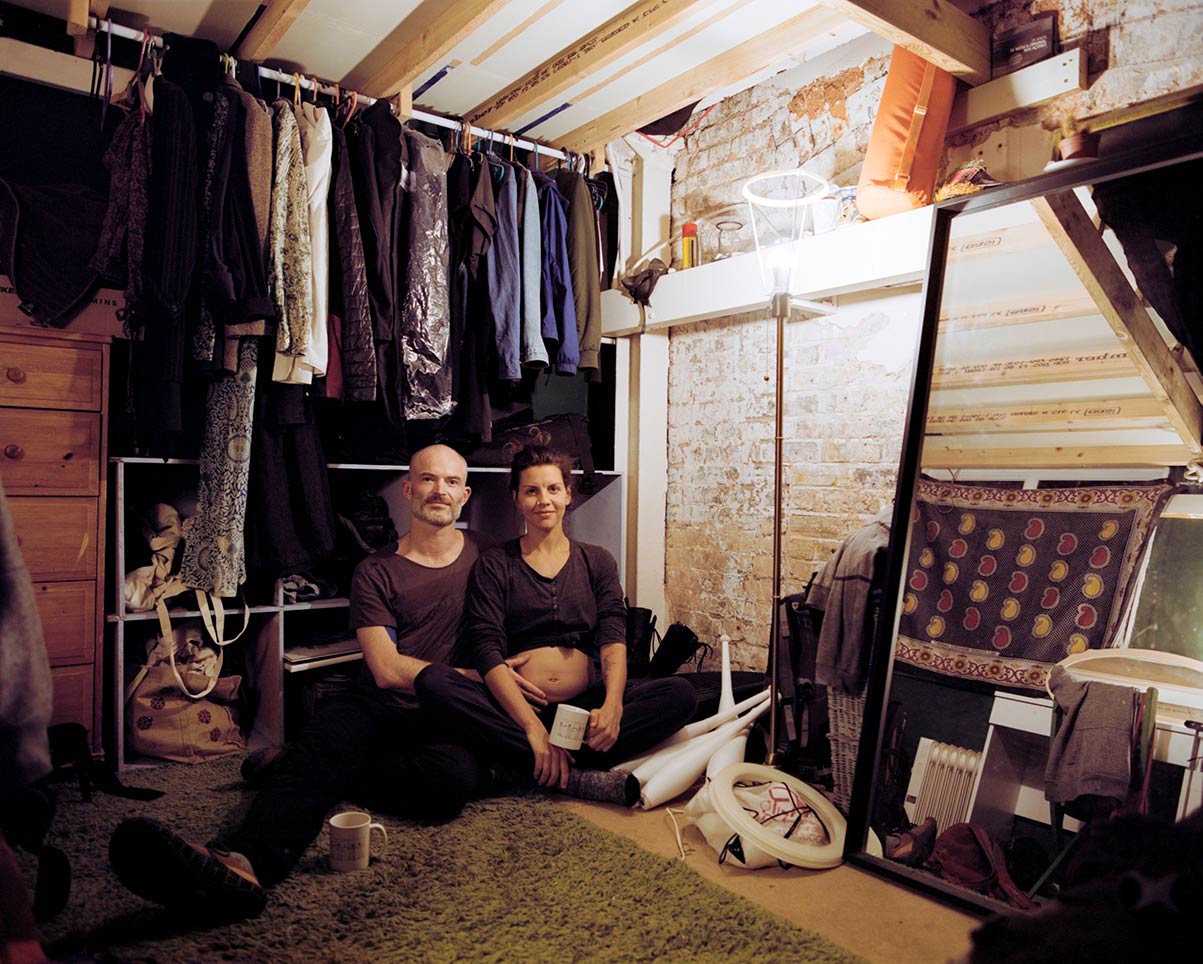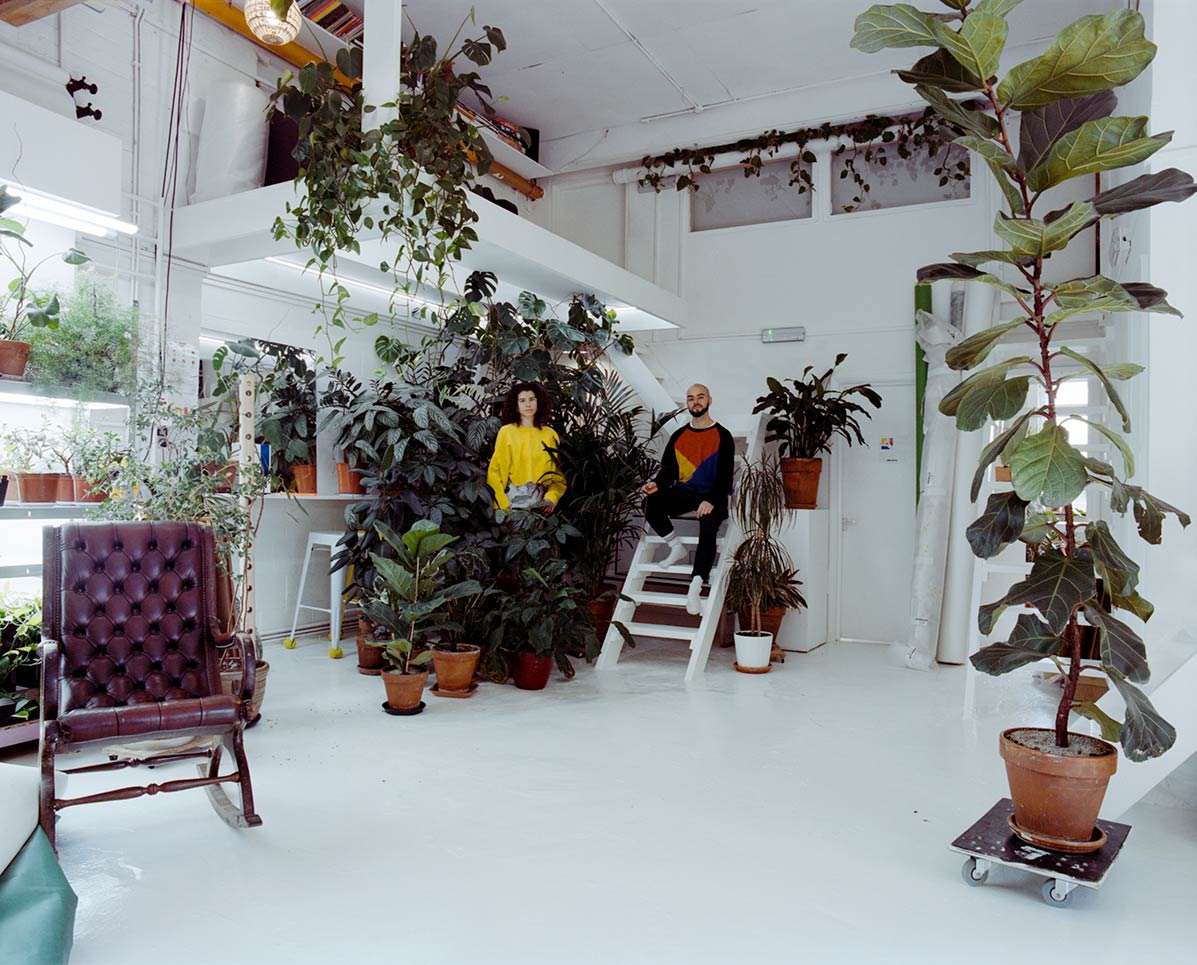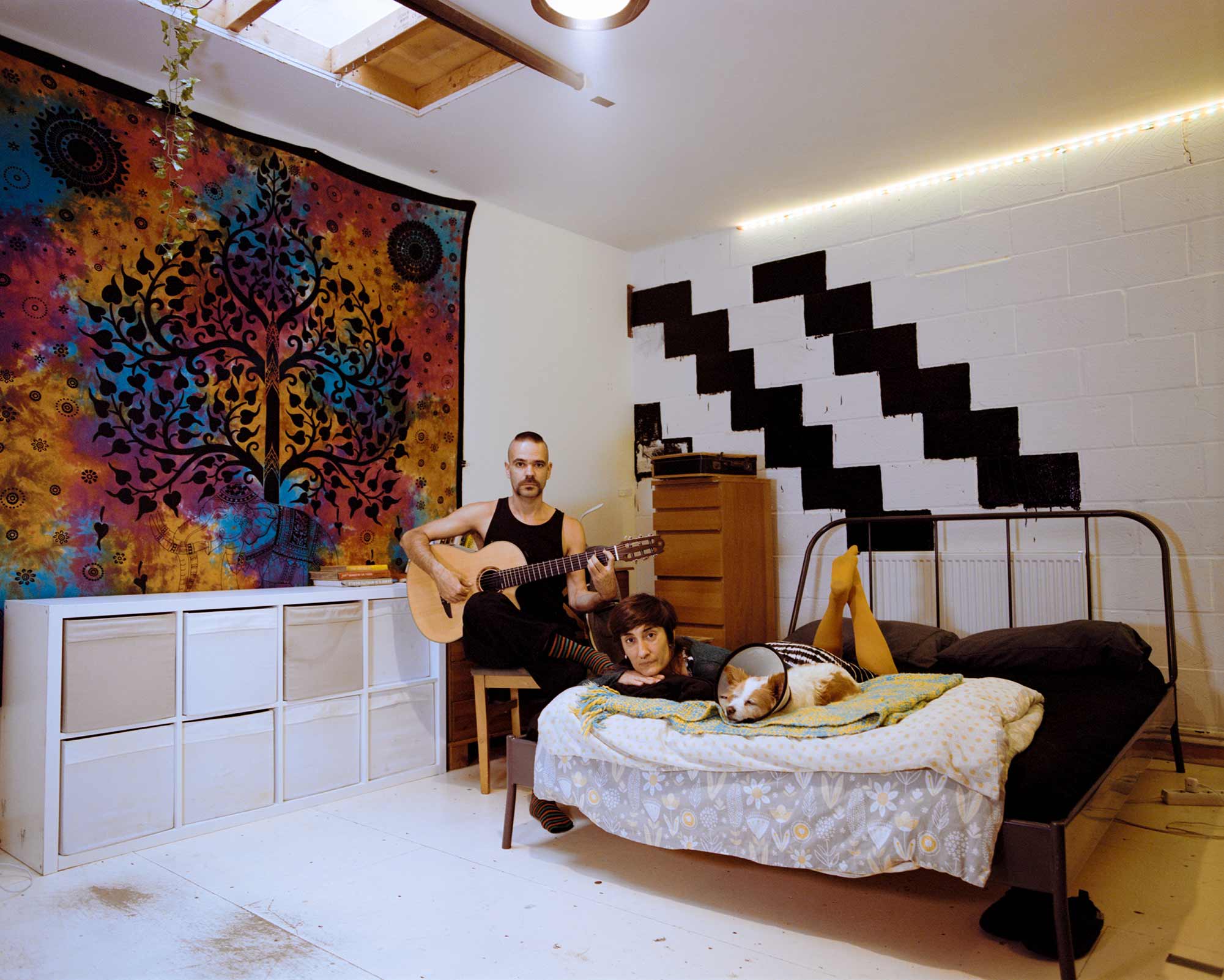INTERVIEW
Reading the Photograph
WITH ALEXANDER ROBERTSON
An interview with Alexander Robertson
“I’m trying to show the dignity of people, rather than highlighting a flaw of society. To give an individual and proud face to an anonymous collective or even a blunt statistic.”
Alexander Robertson is a London based photographer who has gained worldwide experience having spent many years working and travelling before more recently returning to the UK. His introduction to photography developed from a filmmaking background which was transferred from moving to still imagery during his time abroad.
Alexander is interested in exploring the relationship and location that humanity and community has with the world. The stories that he tells reflect what he has been witness too and his own personal life experiences rather that searching for a story that he does not bear a direct connection to.
Hi Alexander. Firstly and belatedly, congratulations on winning our Humans of the World theme. What did you make of the judge Amy Kellner’s comments?
Thank you very much, it was such a wonderful surprise for myself and our community. I really appreciated the comments, what really stood out for me was the comment on “reading the photograph”. This is exactly how I want people to feel when viewing the series, the idea is to spend a time exploring each image as they contain so many details that will offer people the chance to get to know the subjects. To have someone like Amy Kellner acknowledge that felt like a fantastic achievement.

ALEXANDER’S WINNING IMAGE
I understand it’s from your series “The Peanut Project”. Tell us a bit about that – the story you’re telling and how it came about…
Absolutely, the project developed whilst I was working on my MA in Documentary Photography and Photojournalism. Universities were one of the only establishments that did not stop during the first Covid-19 lockdown in the UK. This provided a good sense of pressure to develop new work during a difficult and uncertain time.
The story focuses on the people who have made once deserted warehouses in East London into vibrant live-work spaces. We are being constantly threatened by the gentrification to the area that began when London was awarded the 2012 Olympics and the Olympic Stadium was essentially built in our backyard. Since then the warehouse community has slowly been reducing in numbers as spaces are torn down to make way for newly developed luxury apartments and their residents. Our warehouses are considered a blight on the neighbourhood and our DIY ethos no longer suits the newly established community.
I wanted a way to capture the people who make up the community as a way to preserve what existed here long after it is gone. To me the portraits offer the viewer the ability to get to know these people and to do so in their most personal spaces.
And what about this winning image in particular? The subject looks like a fascinating character….
I must confess that I am very proud of this image, it was just one of those perfect moments where everything happens to come together and create something beautiful that manages to take you by surprise. When I look at it I find that it reminds me of a renaissance painting.
Calum really is a fascinating character, an exciting and talented artist along with being an incredibly gifted fashion designer, he’s got it all. I would encourage everyone to explore his work which you can find on Instagram. Each subject had the choice to sit or pose however they felt most comfortable or expressed themselves best and Calum wanted to do something completely different to everyone else. This produced our image and what Calum describes as; “my morning routine – I cover myself in baby oil before rolling across the floor until I’m dressed”.


The challenge the series confronts – that of gentrification pricing out the types of people that make an area desirable in the first place – is not unique to East London, and happens in cities throughout the world. Is there an element of protest to the series, or is it more about accepting the change and documenting this moment in time for posterity?
Like you say gentrification is in constant flux all over the world but what naturally differentiates the cases are the people involved and affected. I wanted to focus on those people who offer an individual experience for people to connect to. The Peanut Project offers us a way to preserve the individuals who make up our community through the ages. Everyone knows that things do not last forever and this is a way to capture our lives in a time capsule and revisit what and who made the place what it was.
Saying that, this project provides us with an opportunity to protest the changes in the area which are not really considering the people who presently exist here and who are not part of the new development. It gives us a way to open our doors to the public who might not have understood or known what and who existed within these warehouse spaces. We are letting people into our world and in doing so we can highlight our existence and our fight to survive.
Your work covers a range of social issues – the Hong Kong protests, the Extinction Rebellion climate demonstrations, and of course COVID-19. How would you describe your work, and what you look for in a new topic? Do you have an idea of what your dream project would be?
I am interested in the nature of people and how they are perceived, these are the subjects that I feel I aim to explore as best I can through my work. Very often it will focus on our relationship with the nature of hope and loss which was something that resonated through the work on Extinction Rebellion and the Hong Kong movement.
In regard to what I look for in a new topic, I imagine like many artists I search for something that engages me personally in a way that I can explore my own existence within the subject. Whilst working on the Extinction Rebellion series I immersed myself in the moment and camped with the protesters during the Spring of 2019. I went in with an open mind to learn about them and share in a truly unique experience which involved bringing much of Central London to a standstill. It also helped me reflect on my position within society today, my role in fight to help protect the planet and what more I can do.
Since I was a child I have been deeply interested in the Indigenous people of Australia and their history. Their culture is one of the oldest civilisations in the world and their stories of the Dreamtime which recount the creation of the world are incredibly special. I would love to work on something exploring these stories of the Dreamtime and their role in the creation of Australia with the Indigenous communities to share their rich and spiritual existence.



Can you share with us a couple of images you’re particularly proud of? Why these?
The Hong Kong protester sitting above the crowd at a rally for school students and silvers (the elderly) is one in particular. The rally was held so the frontline (the fighter); who are predominately made up of Hong Kong’s youth could be united in solidarity with the elderly population who are too old to take part in the fighting.
There are a couple of things that really stand out for me. In Hong Kong the protesters are deeply concerned by the use of facial recognition technology being used by the government to track and punish people taking part in any form of the pro-democracy movement. Concealing ones identity is a key part in the make up of those who are on the frontlines of the movement. I feel that this young frontliner is able to represent the movement in an iconographical way, bearing a symbol that the movement can unite behind. The Guy Fawkes mask has become a symbol of resistance for the 21st century, made popular by Anonymous the activist movement and by the 2005 film V for Vendetta which states; “Beneath this mask there is more than flesh, beneath this mask there is an idea and ideas are bulletproof”.

Secondly the emotions on the day. At the end of the rally the frontliners stood aloft on the walkway where the young boy sits, as the crowd departed they saluted the fighters who are prepared to sacrifice their youth for the freedom of Hong Kong. One lady that I spoke to at length with my friend and contact in the movement was attending a pro-democracy event for the first time. Her one regret in life was that she is too old to stand with the frontlines on the battlegrounds, but she was that day, standing shoulder to shoulder with them.
I really love this image of an Extinction Rebellion protester in a pensive moment. The image was taken at Oxford Circus which is normally an incredibly busy shopping district. The group had managed to anchor a boat which was named the Berta Cáceres in honour of a Honduran environmental crusader who was brutally murdered, in the centre of the busiest intersection. They then locked themselves together and glued their hands to what they could to form a line of defence and protect the boat from being captured by the police.
The image feels like a way into the mind of a protester as they faced certain arrest if they did not relinquish their positions. Then the wider details stand out, propped up by bedding to ensure their comfort in their cramped positions demonstrated by other activists shoes in front and behind their head. Then the marker which acts as a visual explanation to understand her situation along with the noughts and crosses on the metal pipe which helps represent a sense of time spent locked down.
I would also like to mention this image of my flatmates Fai and Zigy. They were the first people whose portrait I shot when I was trying to figure out my point of view for the project. We did a very loose portrait session very late one night and through that I discovered how I wanted to proceed with the series, we reworked the portrait several weeks later to produce this image. The project would probably not be where it is today had they not indulged me that night so I am incredibly thankful for their contribution.

You moved from film-making originally to still image – which is interesting as many photographers move in the other direction. What led to your focus on photography? Do you still work with moving image too?
I spent several years travelling and found that photography was the perfect companion on my adventures. I bought a film camera whilst I was living in Australia and saw it as a way to refine my eyes and visual language by focusing on how a single image could tell a story. The initial thought was that I would transfer these skills back to moving image but I have found that my work with photography can often take me to deeper narratives that film could not as there is greater freedom of only relying on ones self which I find can often take me further.
Perhaps one point to make is that with film making I am far more interested in imagined realities where with photography I prefer to explore reality. These days my work relating to moving image focuses on writing little cinematic stories in my spare time for fun. Perhaps a return to film making should be on the cards one day with one of those stories along with a good group of friends to make it with whilst having some fun.
And finally, what’s keeping you busy right now?
Presently I am working on a little project focusing on the canals and waterways that surround the area of East London that I live in. Last year alone, tons of raw sewage was pumped into the River Lea which passes by my residence. I believe it is necessary to document and explore our relationship with these waterways and the impact that it is having on it.


All images © Alexander Robertson
Follow him on Instagram @alexander__robertson and see more at www.alexmrobertson.com
